From September 10-17, 2013, I had the opportunity to join the Hai Lang District delegation led by District Party Secretary Tran Ngoc Anh and 22 members to work in Thailand. This can be considered a "pioneering" trip, contributing to the formation of many creative ideas in the orientation of socio-economic development of Hai Lang District as well as proactively working with Quang Tri Province to deploy all aspects of work to form the Southeast Quang Tri Economic Zone two years later.
Hai Lang district delegation working in Thailand (from September 10-17, 2013) - Photo: D.T
Find the answer to the question: "What to plant, what to raise?"
After completing immigration procedures at Friendship Bridge No. 1 from Vientiane (Laos) to Nong Khai (Thailand), we had the opportunity to visit the farm of Mr. Nguyen Trong Tan, an overseas Vietnamese in Udonthani province.
Here, the delegation learned and gained experience in managing and organizing production on a comprehensive farm with a scale of over 100 hectares, including: raising Brahman cattle combined with growing grass to raise cattle (the number of cattle at the time of our arrival was over 100, but according to information from Mr. Tan a few months earlier, the number of cattle was up to over 300).
The weight of a breeding bull ranges from 900 kg to 1,000 kg. The mother cow weighs about 600 kg, giving birth to one calf per year on average; the weight of a newborn calf is about 30-35 kg. About 50-60 days after giving birth, the mother cow is in heat and is mated again. Mr. Tan's farm also raises freshwater catfish, each weighing about 30-40 kg, with some weighing over 100 kg. The time from stocking to exploitation is nearly 2 years.
Besides raising cows, raising fish, and intensively cultivating rubber trees, at that time, Mr. Tan was experimenting with growing black rice. According to Mr. Tan, the growth period of this rice plant is no more than 100 days, with a yield of about 45-55 quintals/ha.
The delegation also visited the SK Pataya farm in Chonburi province, which specializes in breeding bulls. This is one of the farms that breeds bulls for semen and crossbreeds high-quality cows in Thailand. The farm is very well-invested and has a scale of raising about 200 breeding cows. At the beginning of September 2013, the farm had about 30 Brahman bulls weighing from 900-1,000 kg/head, specializing in semen. Bull semen produced at the farm has been exported to many countries in the region.
Visiting a jackfruit farm in Prachin Buri province, we saw that Muong Am Pho area, Prachin province is one of the major jackfruit growing areas for export in Thailand, the main export market is China (transit by road to Laos, Vietnam on routes 9, 8 and 12).
At that time, Prachin province planted many jackfruit varieties with good yield and quality such as Thong xup chay, Champa cop, Thong pa xot... but the most effective was the Thon ma le jackfruit variety. This is a jackfruit variety originating from Malaysia that bears fruit all year round, and can be harvested after only 2-3 years of planting. The weight of ripe fruit is about 15-20 kg, and young and ripe fruit can be exported. The planting density is about 350 trees/ha. Thailand mainly applies grafting technology in breeding to produce high yield and shorten the time from planting to harvest.
Through initial research, it was found that the above mentioned plant and animal varieties are considered to be suitable for the climate and soil conditions of Hai Lang district. Hai Lang district has also agreed with its Thai partner to cooperate in transferring varieties and techniques to test plant and animal varieties in the district. If the test is successful, it will contribute to promoting the shift in the structure of plants and animals towards commodity production, effectively exploiting the agricultural production potential of the locality.
Harvesting oranges on K4 hill, Hai Lang - Photo: D.T
The good news is that not long after the business trip to Thailand, thanks to the attention and strong direction of the district leaders, Hai Lang successfully tested the artificial insemination of Brahman cow semen on the background of Sind crossbred cows to produce fast-growing crossbred cows, adapting to the natural conditions of Quang Tri, opening a new direction for household farming, contributing to bringing the crossbred cow herd of Hai Lang district to 3,151/3,961 as it is today.
The district has also directed the testing of many new rice varieties, including herbal rice originating from Thailand, which has been maintained to date on an area of 10 hectares at Kim Long Cooperative, Hai Que Commune, to serve wine making. Wine made from herbal rice has a selling price 1.5 times higher than wine made from sticky rice and 3 times higher than wine made from regular rice.
Hai Lang is also the first district in the province to identify key crops and livestock and issue policies to support their development. In particular, based on the potential, advantages, documents and experiences of the people, the leaders of Hai Lang district organized a delegation to study the orange growing model in Huong Son (Ha Tinh) and mountainous districts of Nghe An province.
After returning, he started to develop the K4 hilly area in the west of the district into a citrus fruit growing area. The whole district currently has 97.8 hectares of concentrated oranges, of which 25 hectares have linked consumption, have been certified as 3-star OCOP, with an average income of 250-300 million VND/ha/year.
Forecast ahead to grasp the future
The Southeast Quang Tri Economic Zone was established under Decision No. 42/2015/QD-TTg dated September 16, 2015 of the Prime Minister, including 17 communes and towns in 3 coastal districts: Gio Linh, Trieu Phong, Hai Lang, with a total area of 23,792 hectares. After 10 years of implementation, the Prime Minister recently approved the task of adjusting the Master Plan for the construction of the Southeast Quang Tri Economic Zone to 2045. According to the boundary adjustment plan, the Southeast Quang Tri Economic Zone has a total area of 26,092 hectares, an increase of 2,300 hectares compared to the old plan. In particular, Hai Lang district is still the key area of the Southeast Quang Tri Economic Zone.
Before the establishment of the Southeast Quang Tri Economic Zone (September 2015), during the above-mentioned survey trip in Thailand (from September 10-17, 2013), the Hai Lang District Working Group visited and studied the Maptaphut complex and Laem Chabang seaport.
Infrastructure construction of the Southeast Quang Tri Economic Zone in the early days - Photo: D.T
Established in 1981, Maptaphut complex is the largest industrial park focusing on heavy, energy and petrochemical industries in Thailand, attracting many foreign investors to carry out joint venture projects and direct investment.
For gas, petrochemical and petroleum products projects... in this complex, raw materials are supplied from natural gas fields in the Gulf of Thailand, connected through a 300-400 km long pipeline running under the sea (80% of businesses in Maptaphut use gas fuel). This complex has 5 industrial parks and seaports, built on an area of 3,500 hectares, attracting 147 large projects from 20 countries, of which the majority are businesses from Japan (40%). The seaport system includes 12 large and small wharves for ships with a tonnage of 40,000-150,000 DWT to dock. Maptaphut Port is a combined port of excavation and encroachment towards the sea.
Sharing with me after returning from Thailand with the Hai Lang District Working Group, Hai An Commune Party Secretary Mai Van Cai (in September 2013) said: “When I first heard about the Quang Tri Southeast Economic Zone, I myself could not imagine what it looked like. But when I saw the Maptaphut and Laem Chabang seaports in Thailand with my own eyes, I was much more confident. In Thailand, the areas chosen to build ports and complexes were all poor fishing villages in the past, but now they are extremely rich and bustling. I wish my hometown could be like that in the near future”... |
Laem Chabang Port is a dug-out port established in 1987, the largest port in Thailand. The port is divided into three development phases, by 2010, the port has a length of 4,500 m, a depth of 18 m above sea level. The port is capable of serving cargo ships with a capacity of up to 80,000 tons. There are 7 berths with a capacity of about 6.8 million containers (TUEs) per year.
In Laem Chabang, after the seaport came into operation, an industrial park and an export processing zone (non-tariff) were formed that operated effectively. Here, it attracted over 140 investment enterprises from many countries, creating jobs for over 60,000 workers. In particular, the export processing zone attracted many unskilled workers to do processing and packaging work. This model can be researched and developed in the Southeast Quang Tri Economic Zone to solve employment for local workers, especially in the resettlement area.
After visiting and studying the Maptaphut complex and Laem Chabang seaport, realizing and analyzing the similarities with the locality, the members of the Hai Lang District Working Group returned, carrying with them the belief that the Southeast Quang Tri Economic Zone would quickly become a vivid and effective reality. And that was true, when projects such as Quang Tri Industrial Park (phase 1), My Thuy Port Area (phase 1) were implemented, the mobilization of the people to do a good job of site clearance and handing over clean land to investors was implemented synchronously by Hai Lang District with adaptive and effective solutions.
Hai Lang people have long anticipated a bright future for their homeland through what they “see and hear”. And with consensus, joining hands, and contributing to the construction of key projects, breakthroughs in crop and livestock transformation, Hai Lang people have taken control of their future on the upcoming development path.
Dan Tam
Source: https://baoquangtri.vn/cung-nguoi-hai-lang-di-mot-ngay-dang-190823.htm


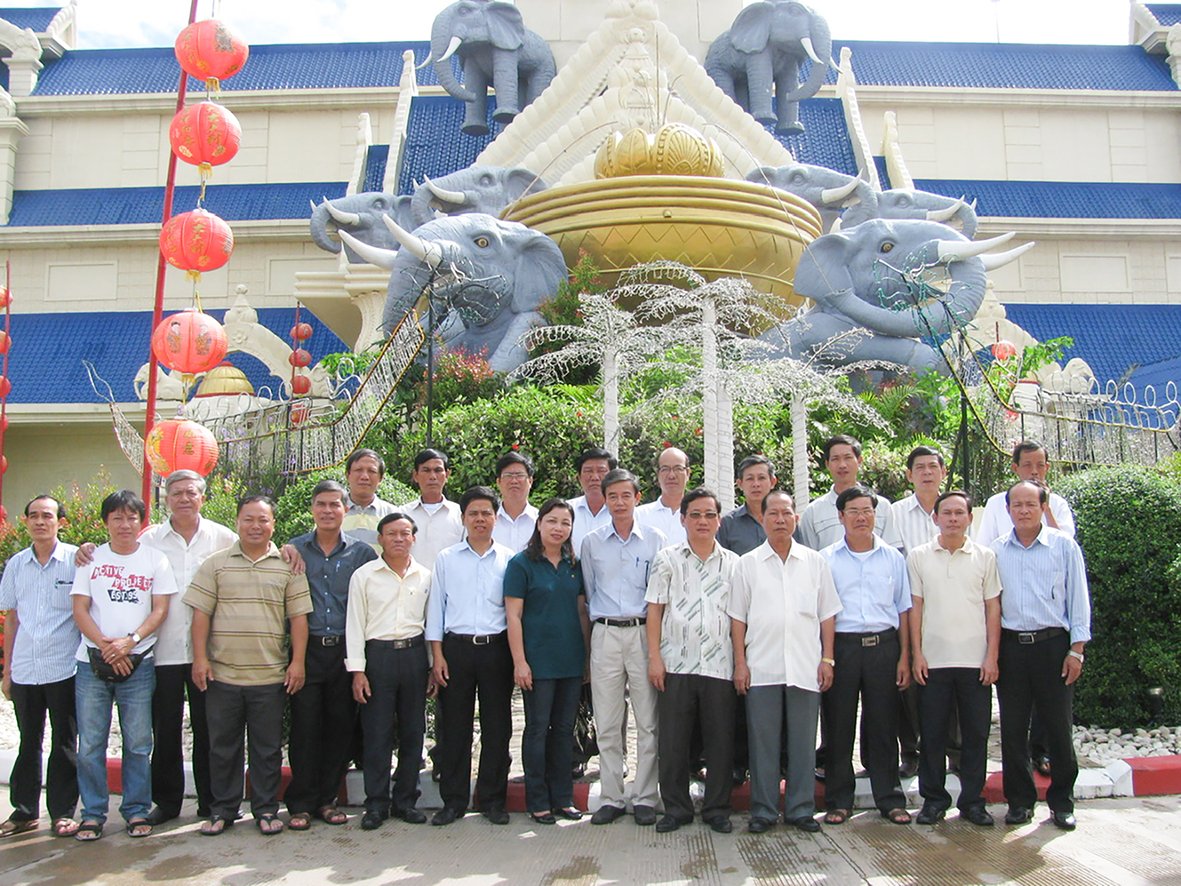
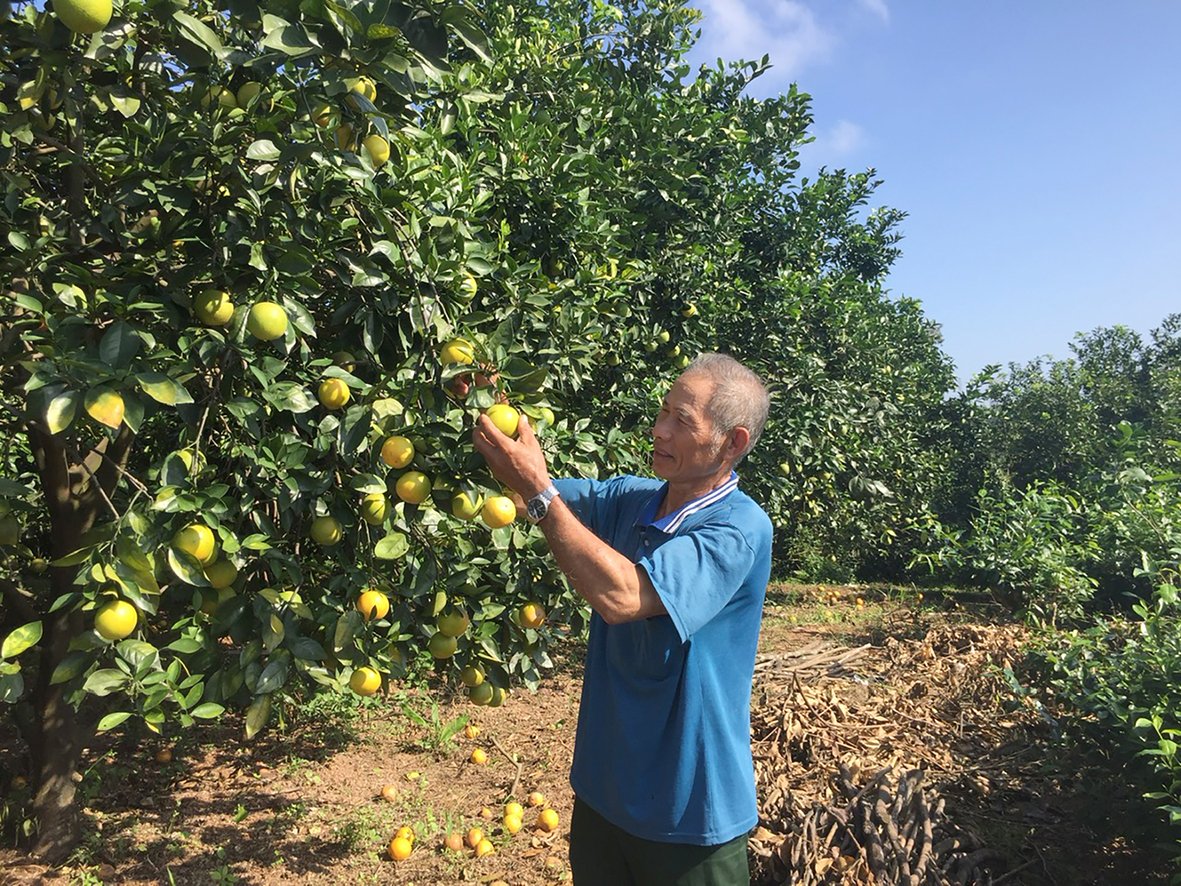
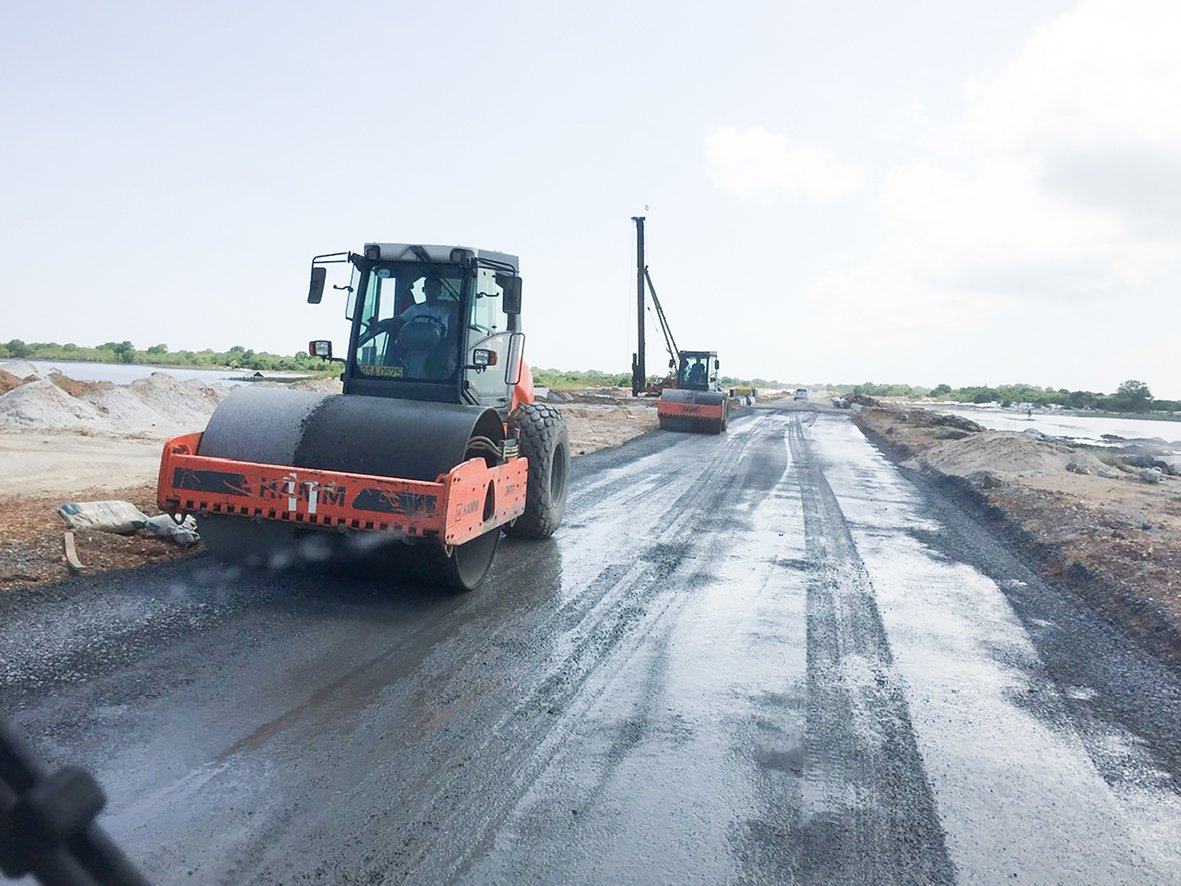
![[Photo] Ministry of Defense sees off relief forces to the airport to Myanmar for mission](https://vstatic.vietnam.vn/vietnam/resource/IMAGE/2025/3/30/245629fab9d644fd909ecd67f1749123)
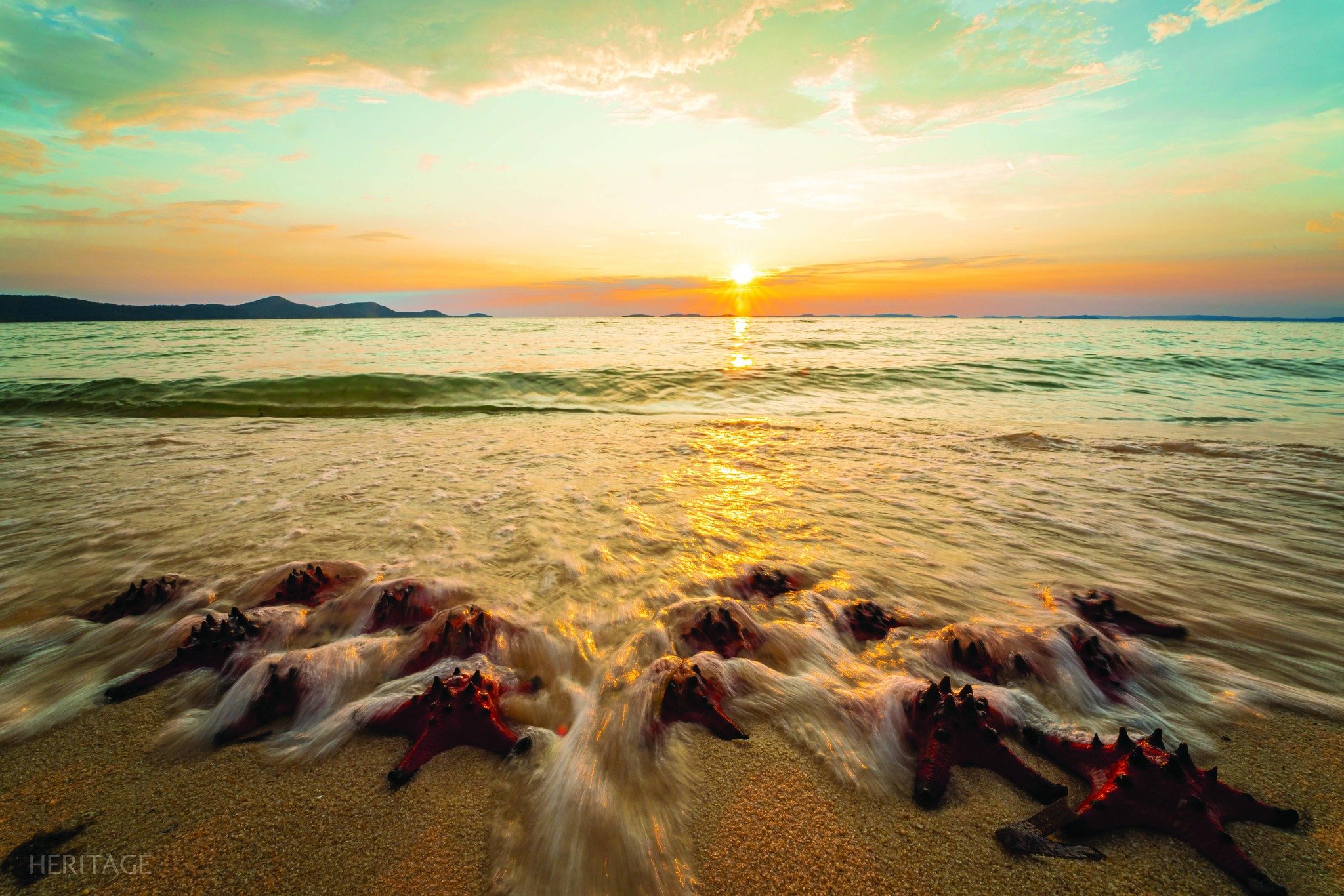
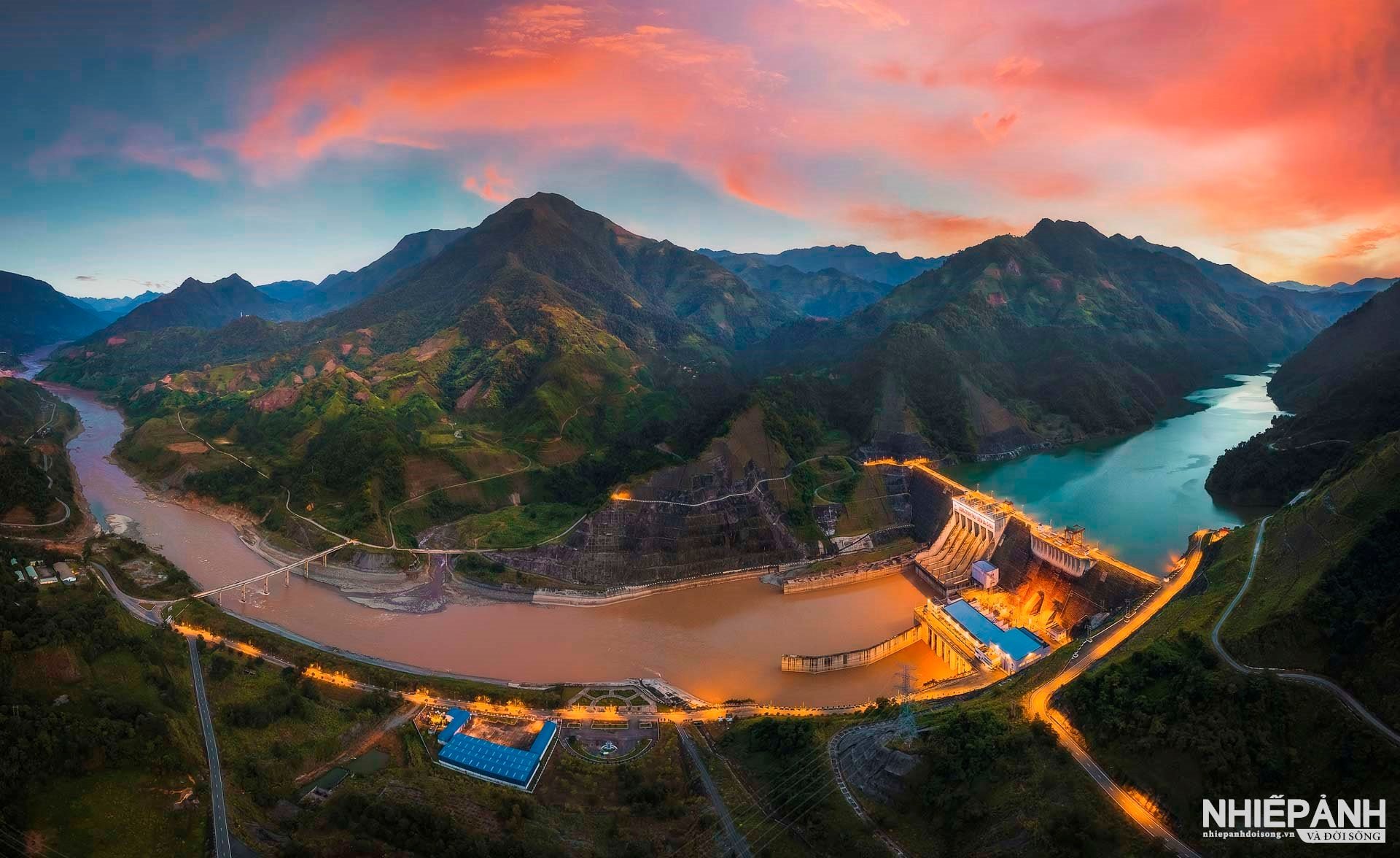

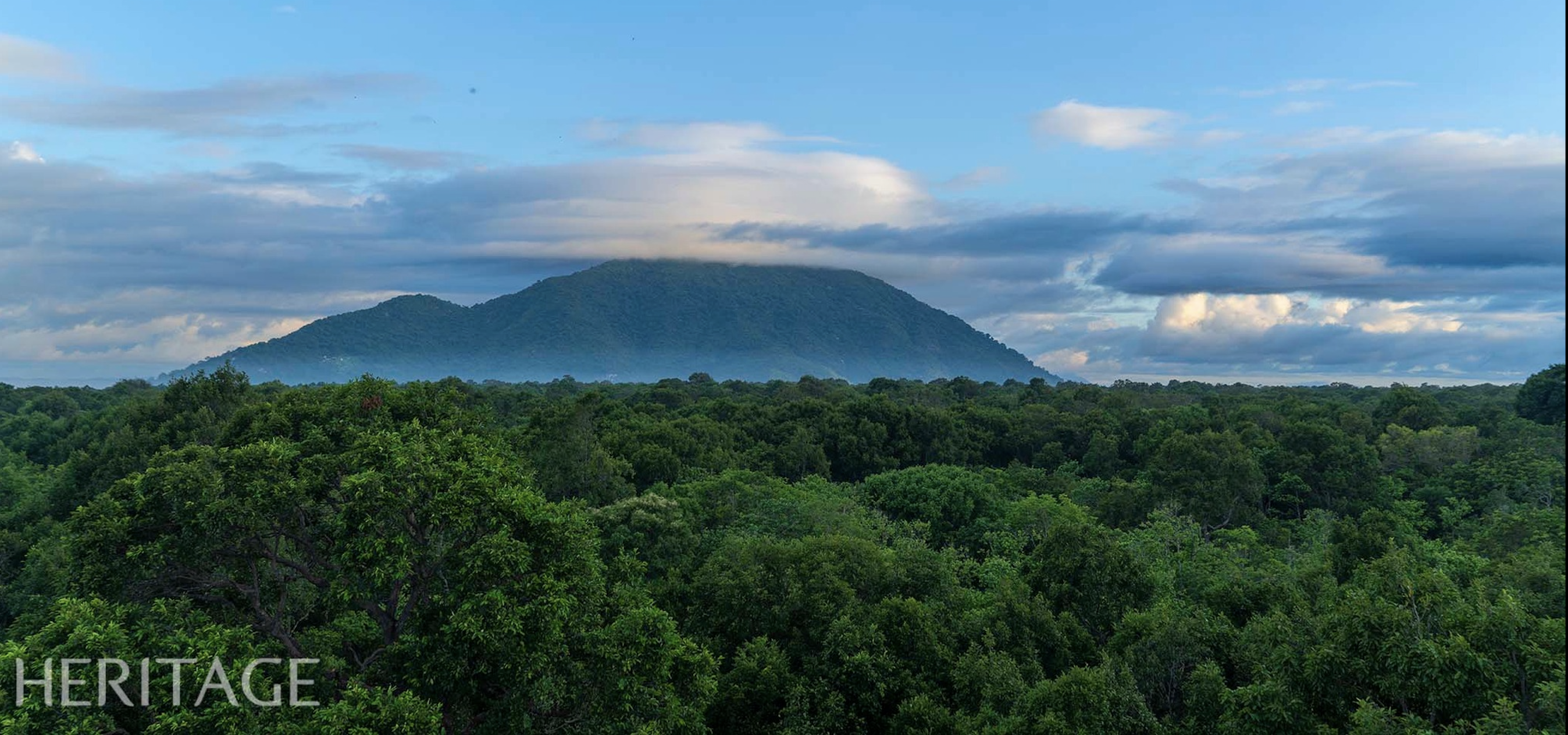
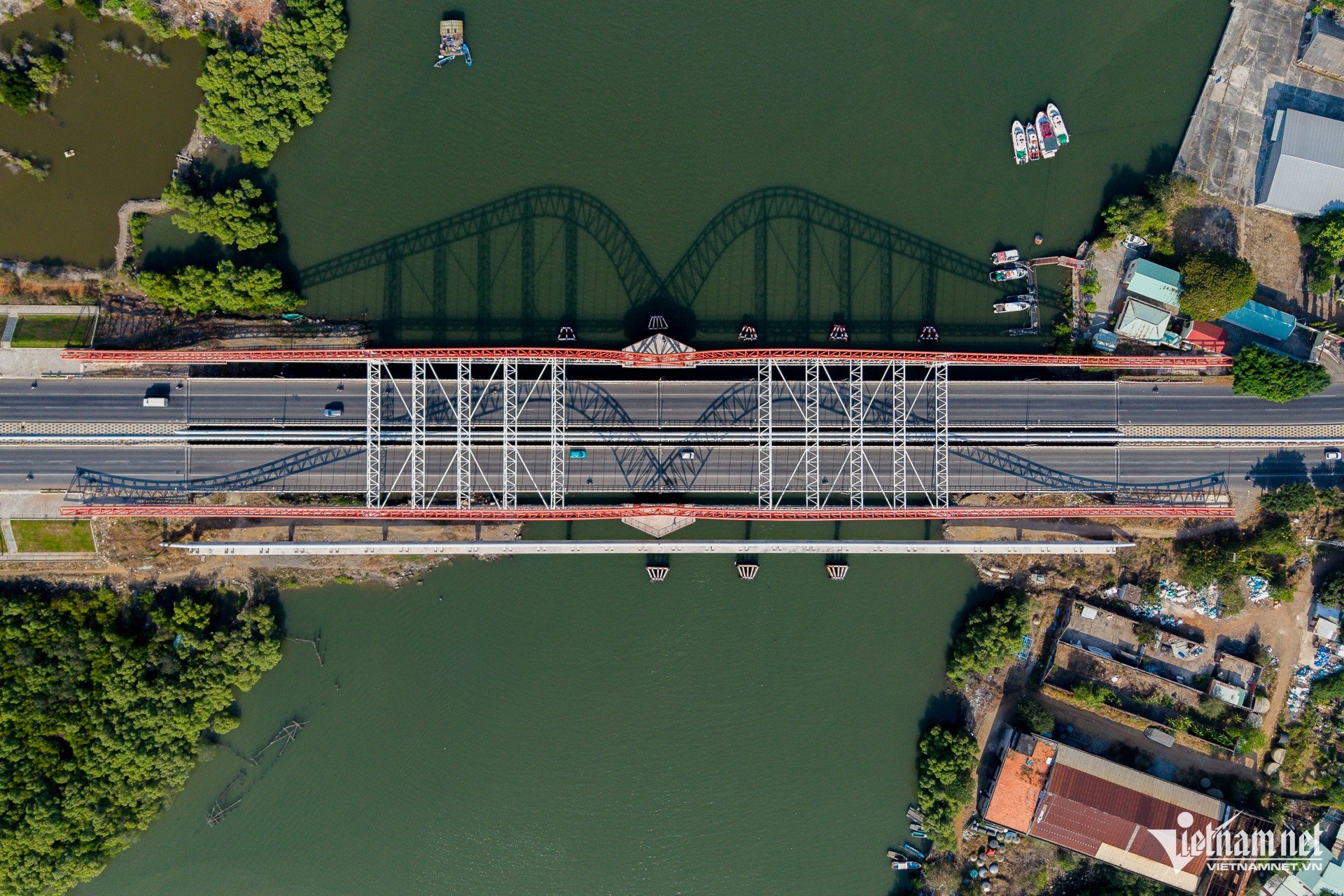
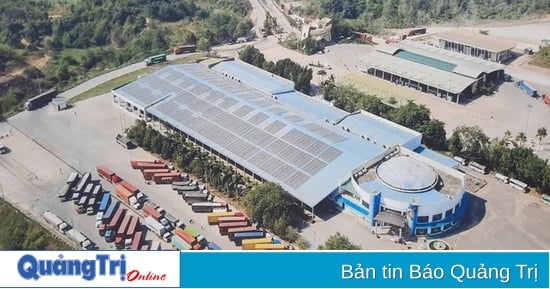
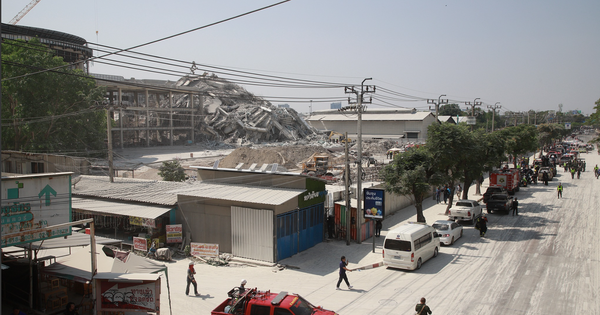

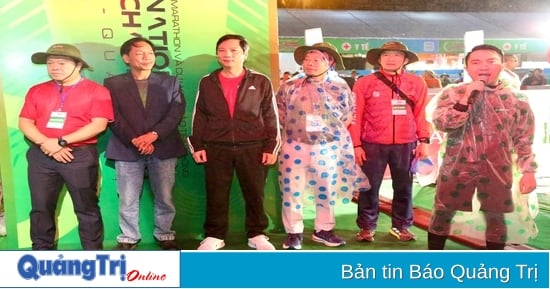
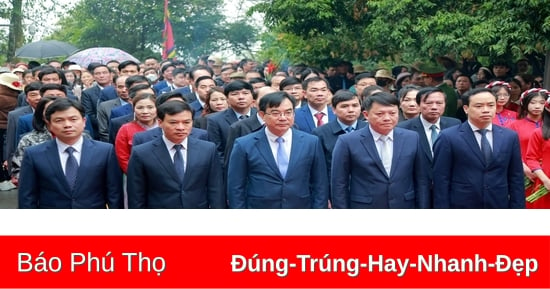
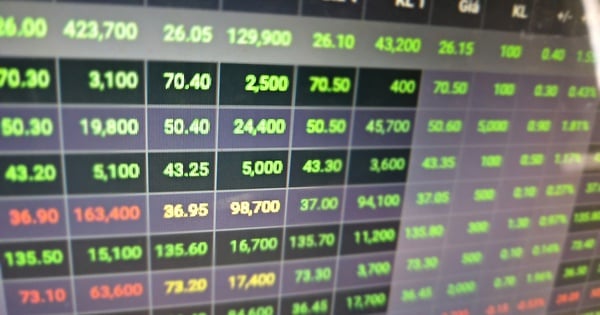
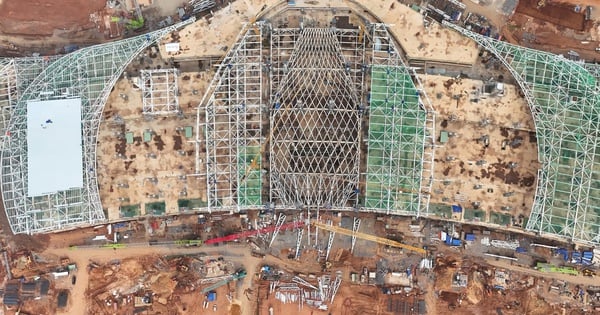

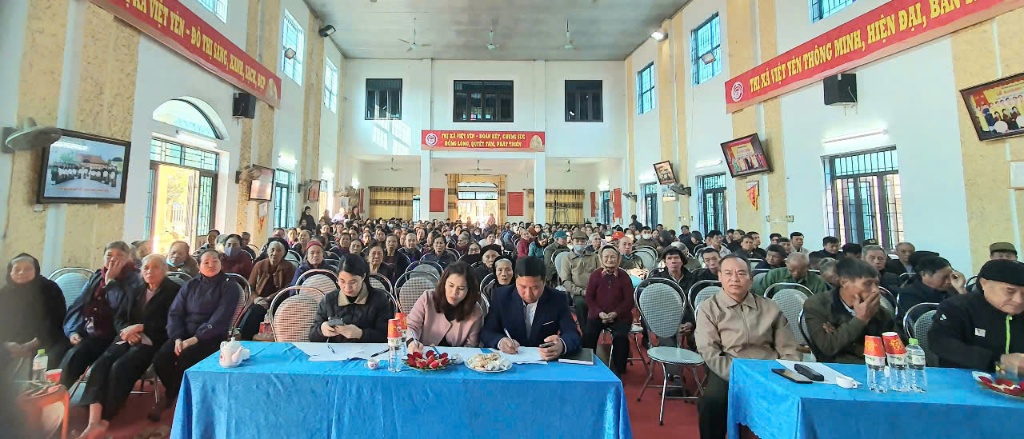
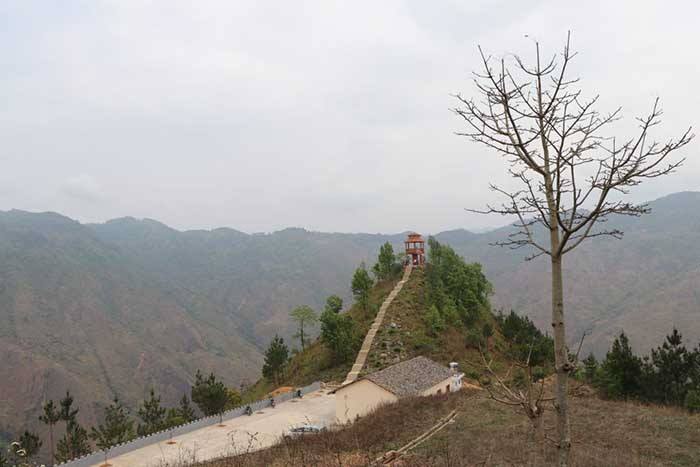


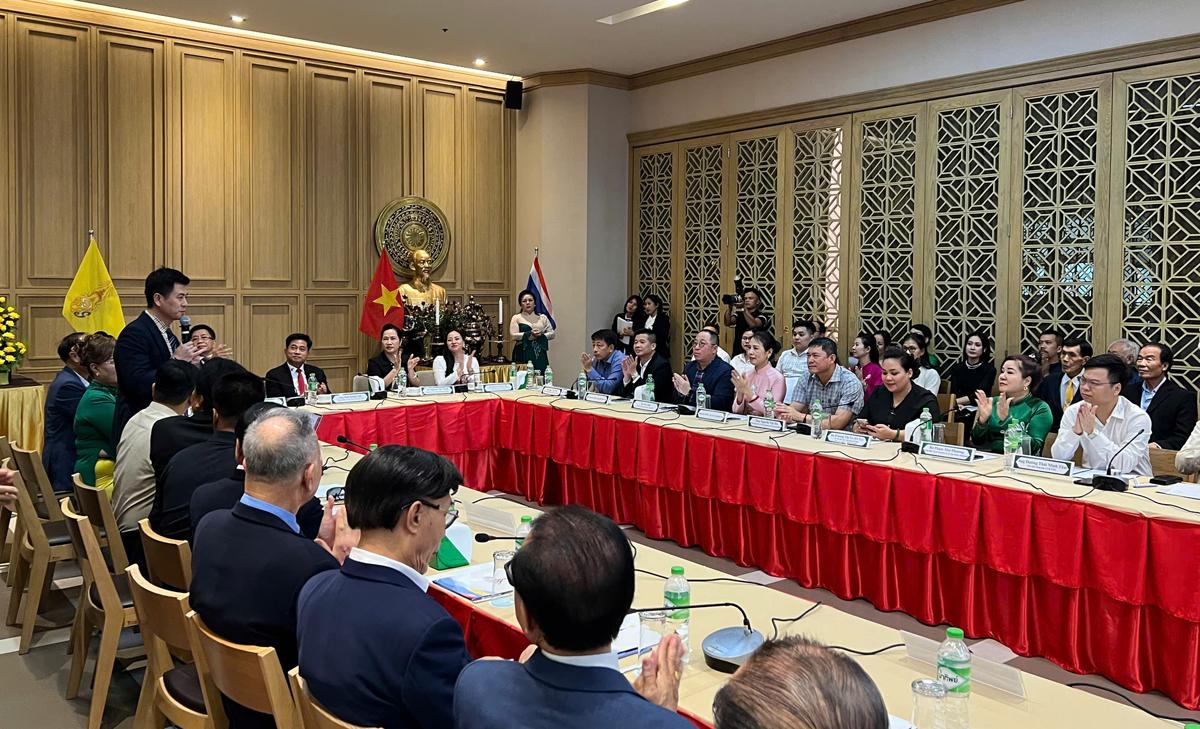
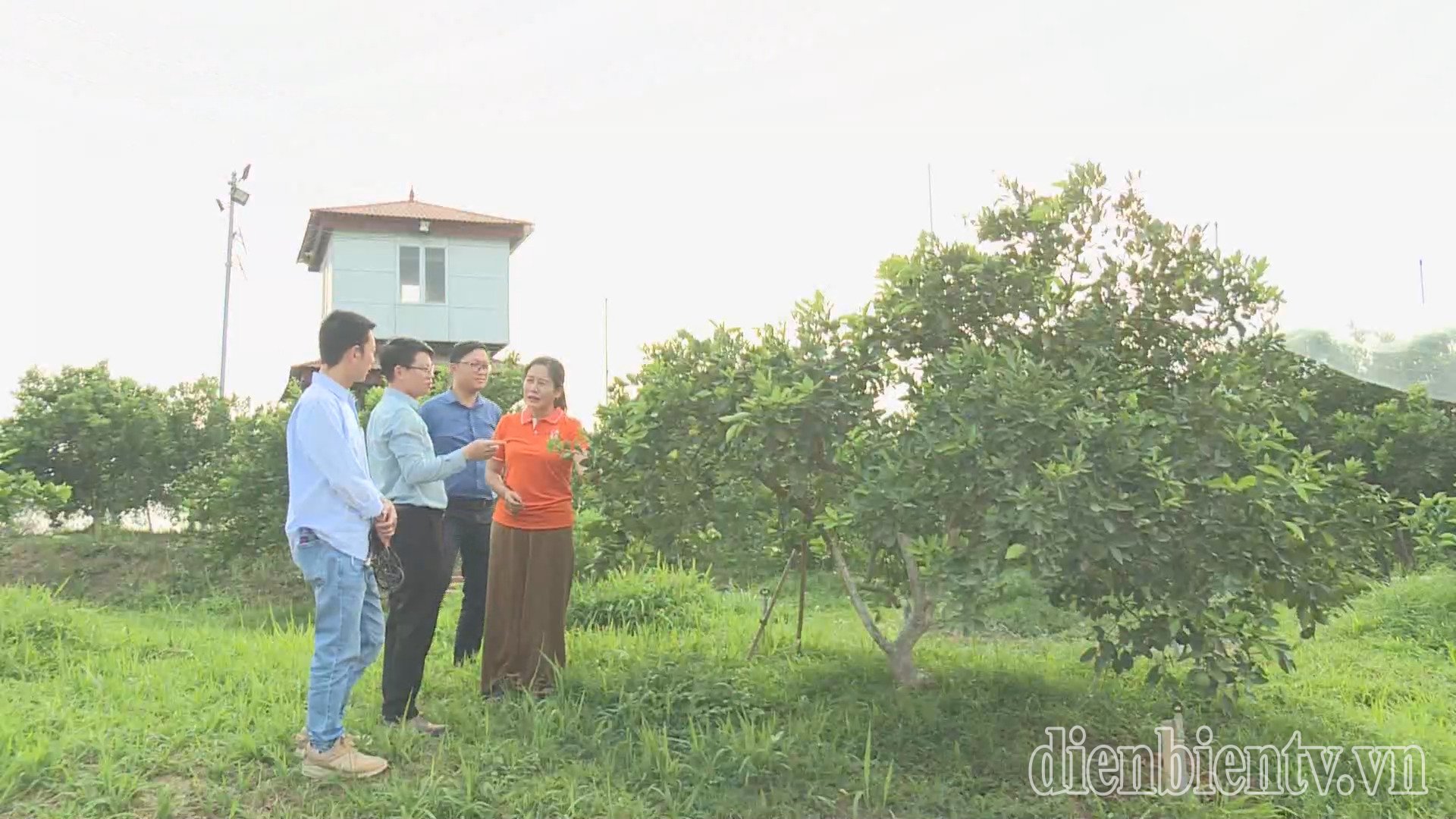

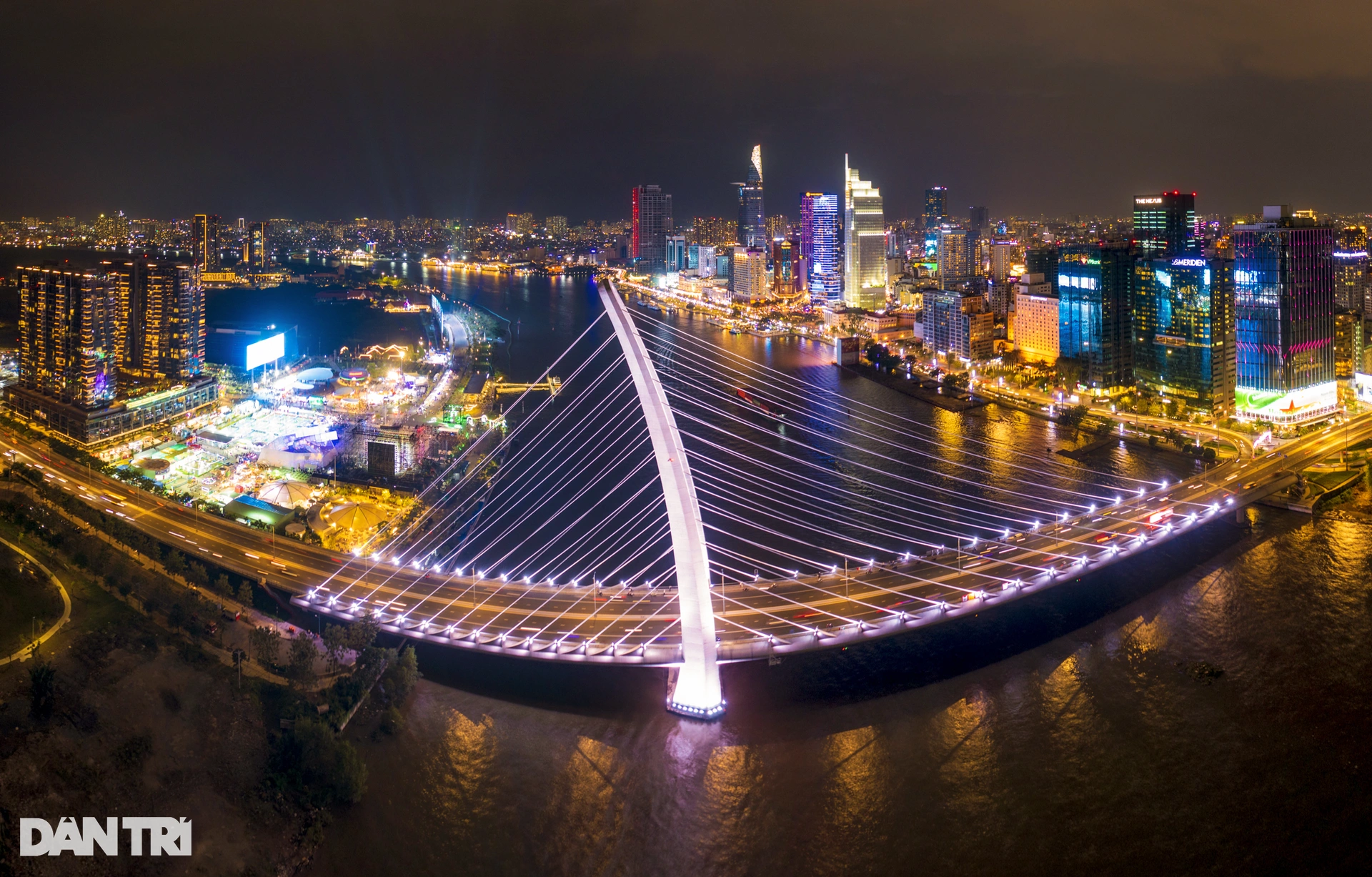
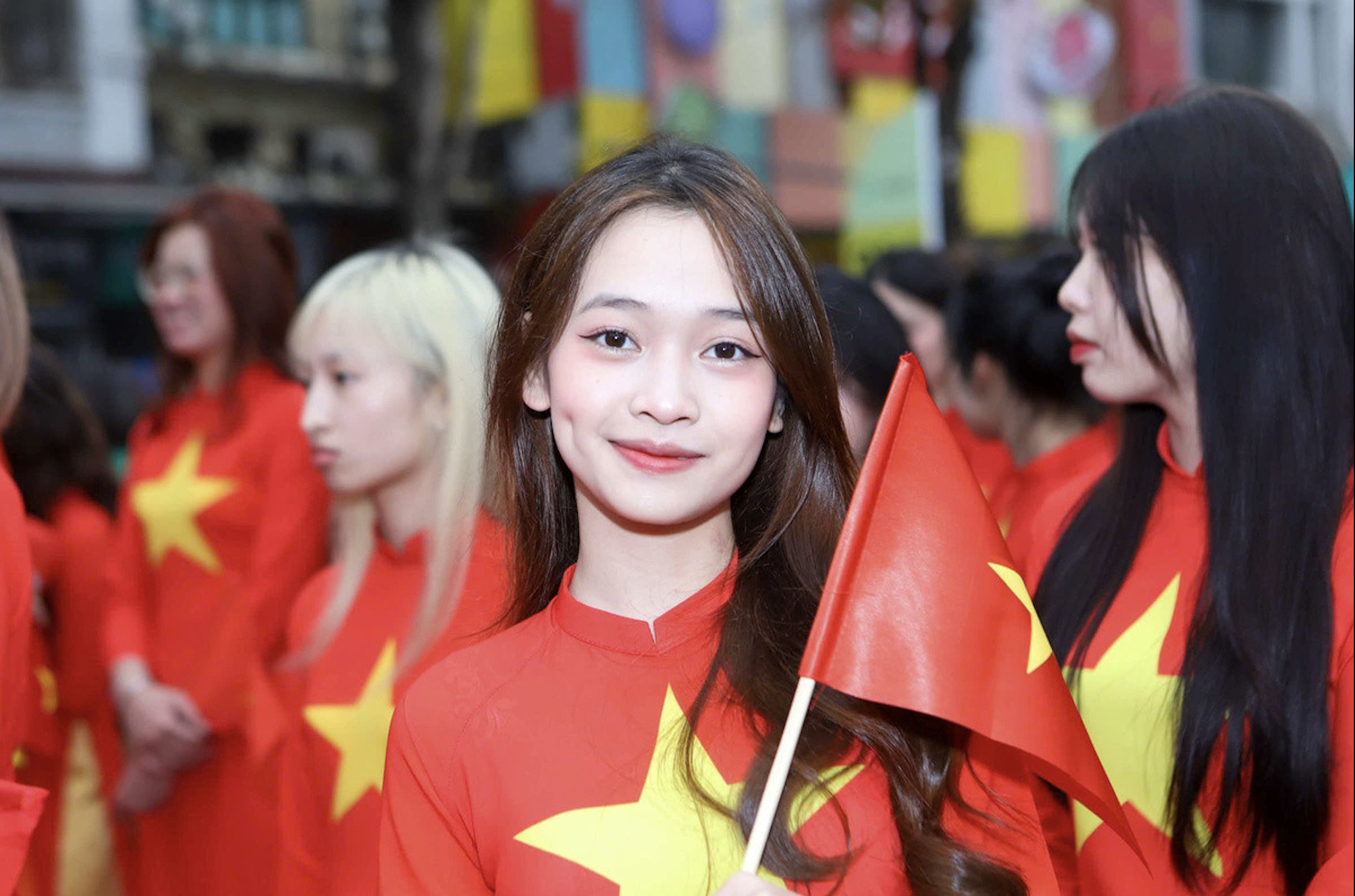
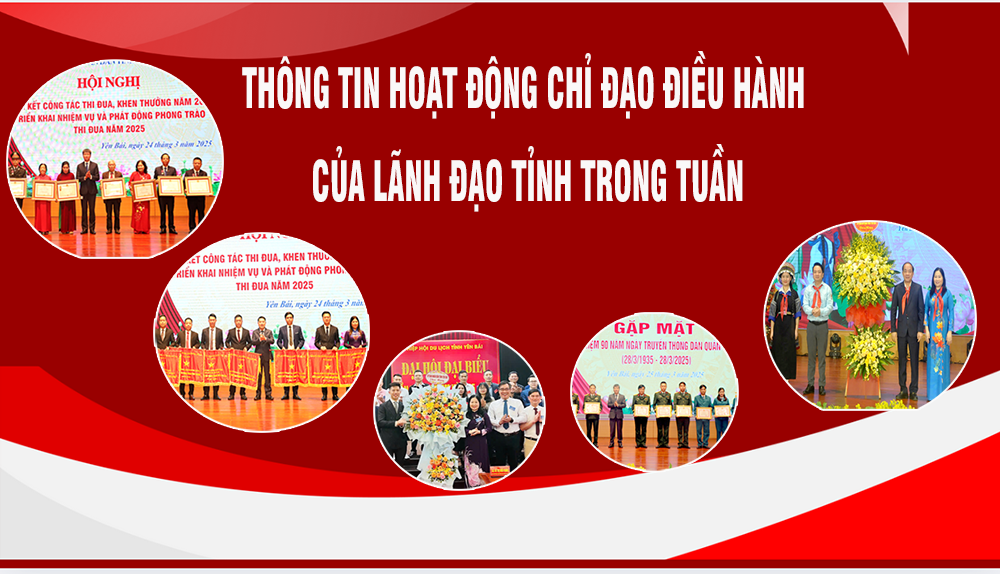

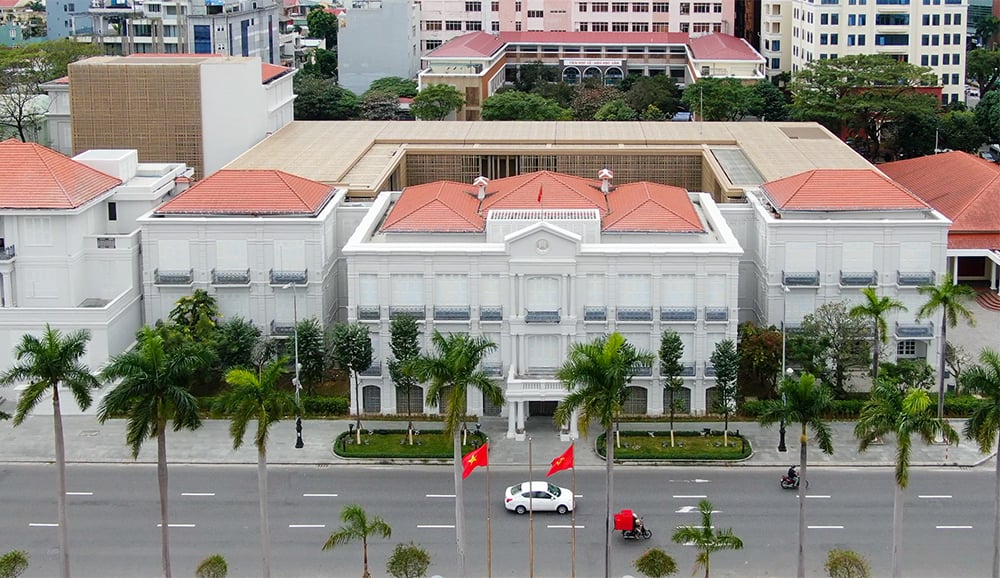
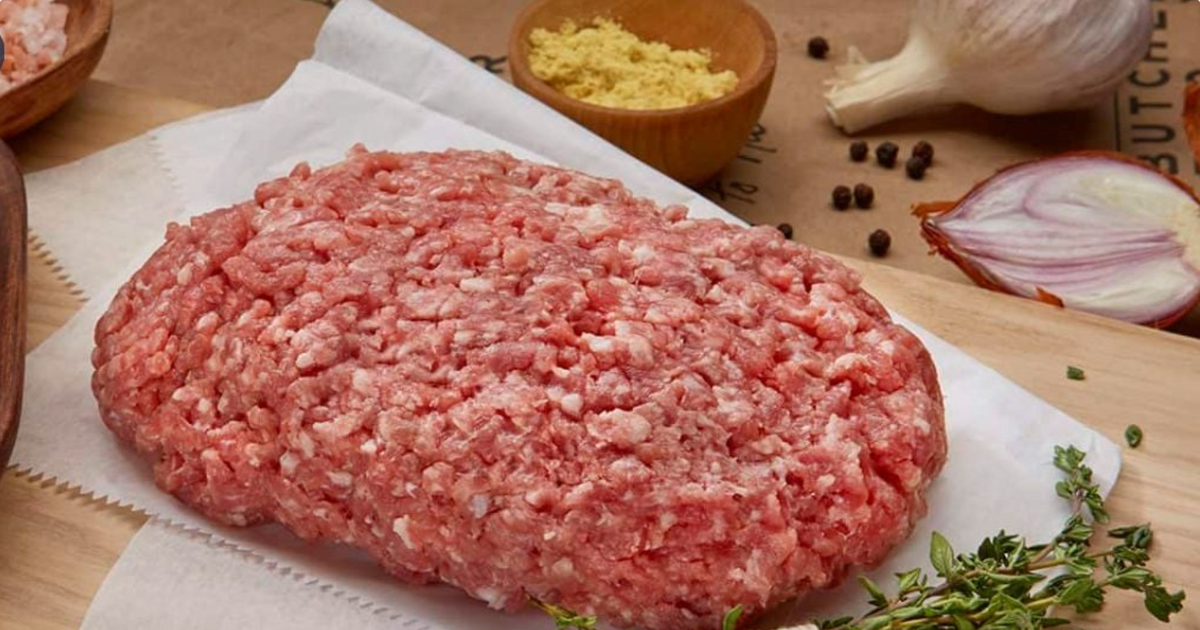
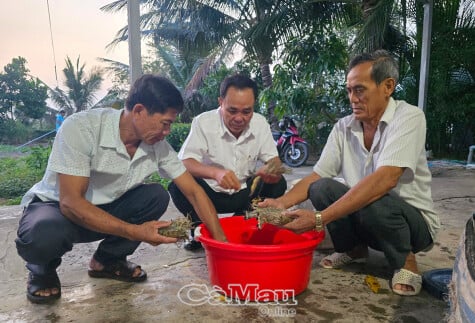
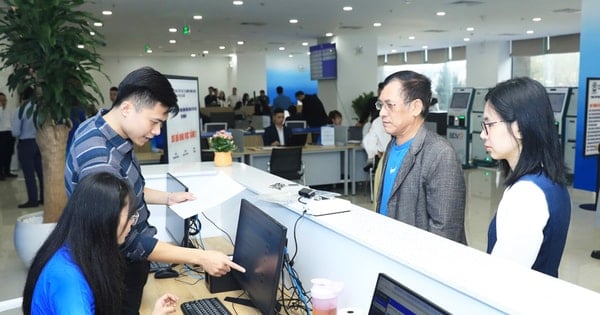
![[Photo] Prime Minister Pham Minh Chinh chairs meeting to remove difficulties for projects](https://vstatic.vietnam.vn/vietnam/resource/IMAGE/2025/3/30/7d354a396d4e4699adc2ccc0d44fbd4f)
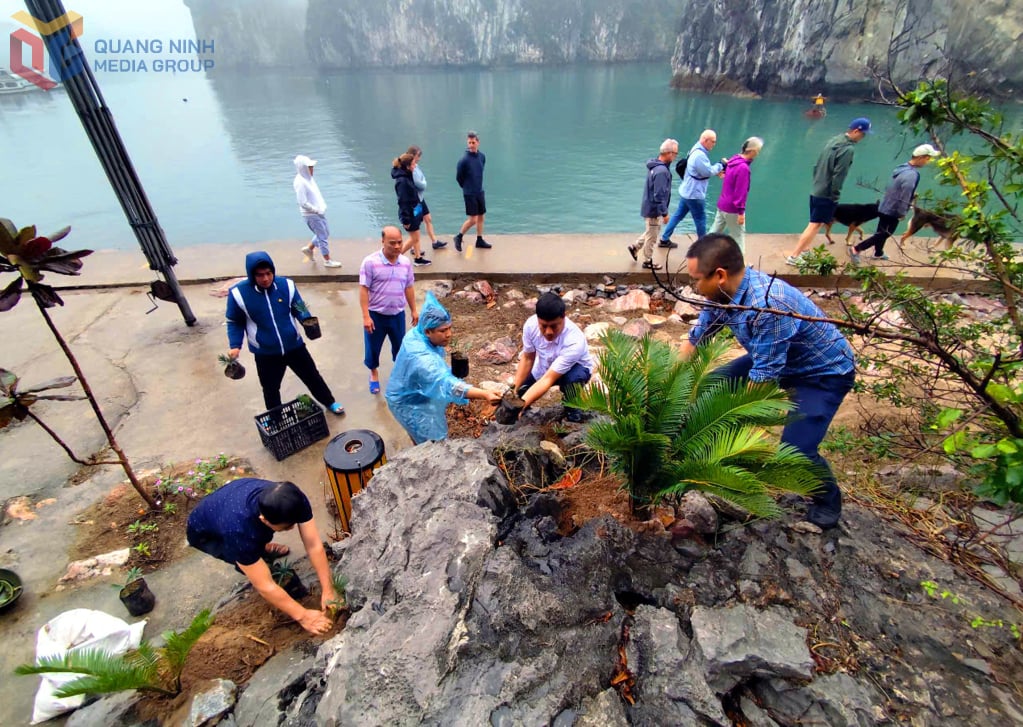

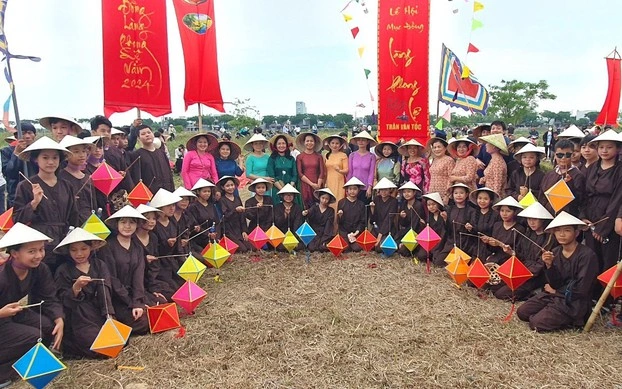

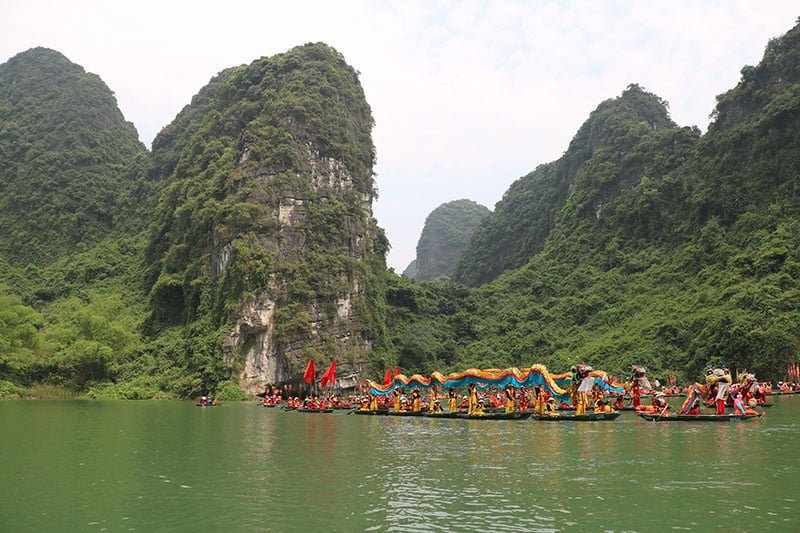



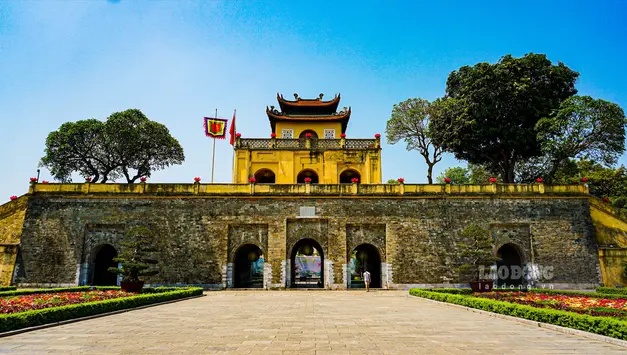

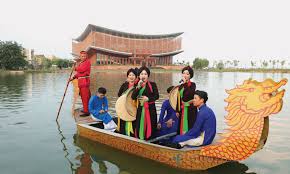




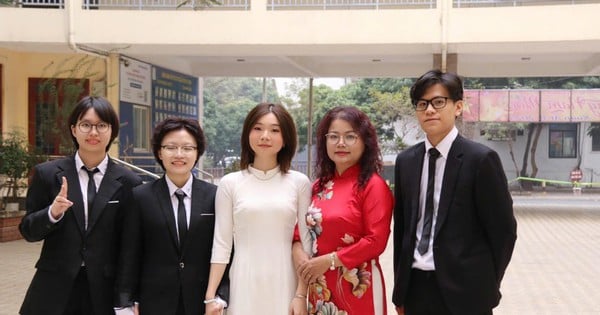

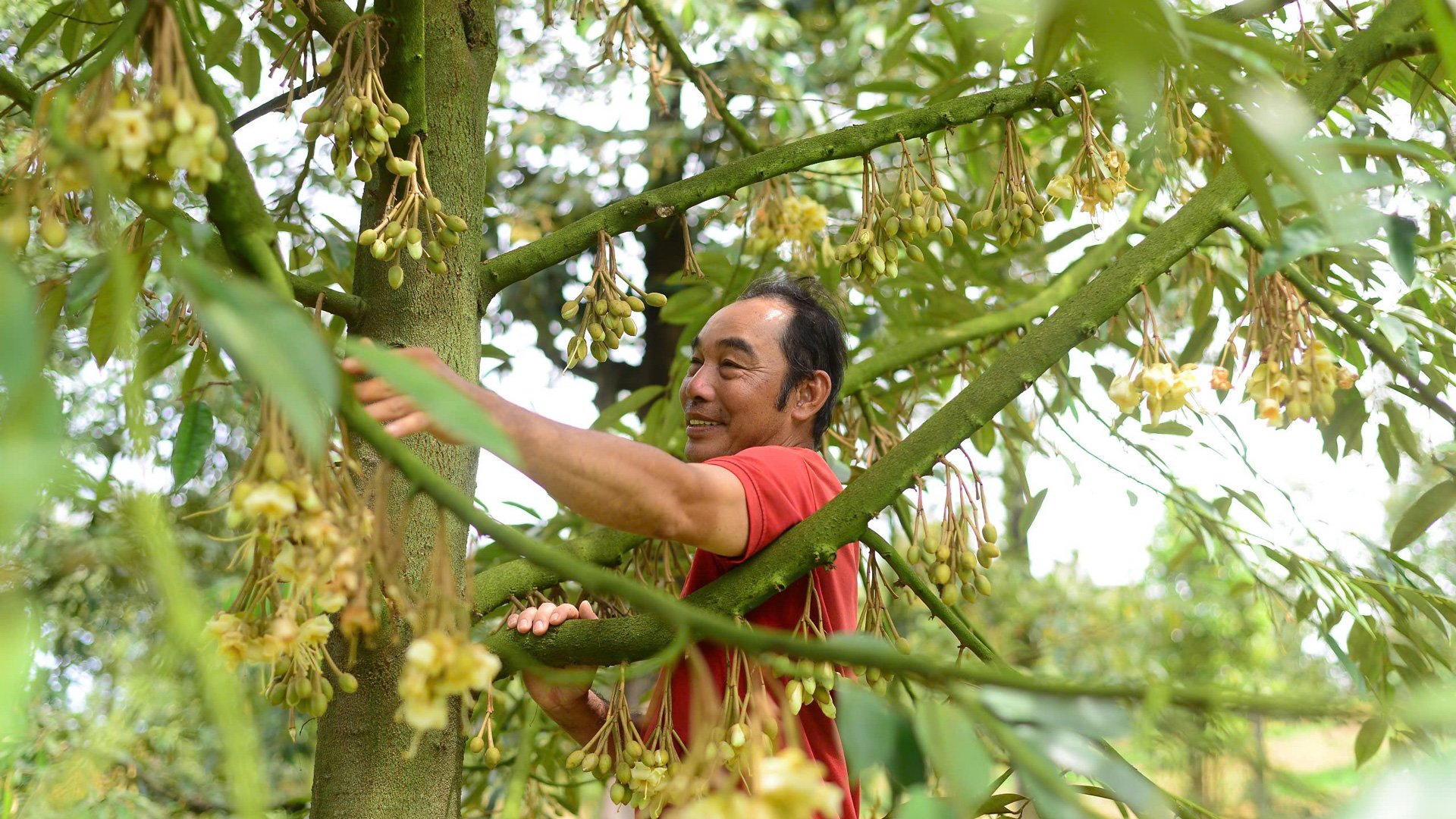

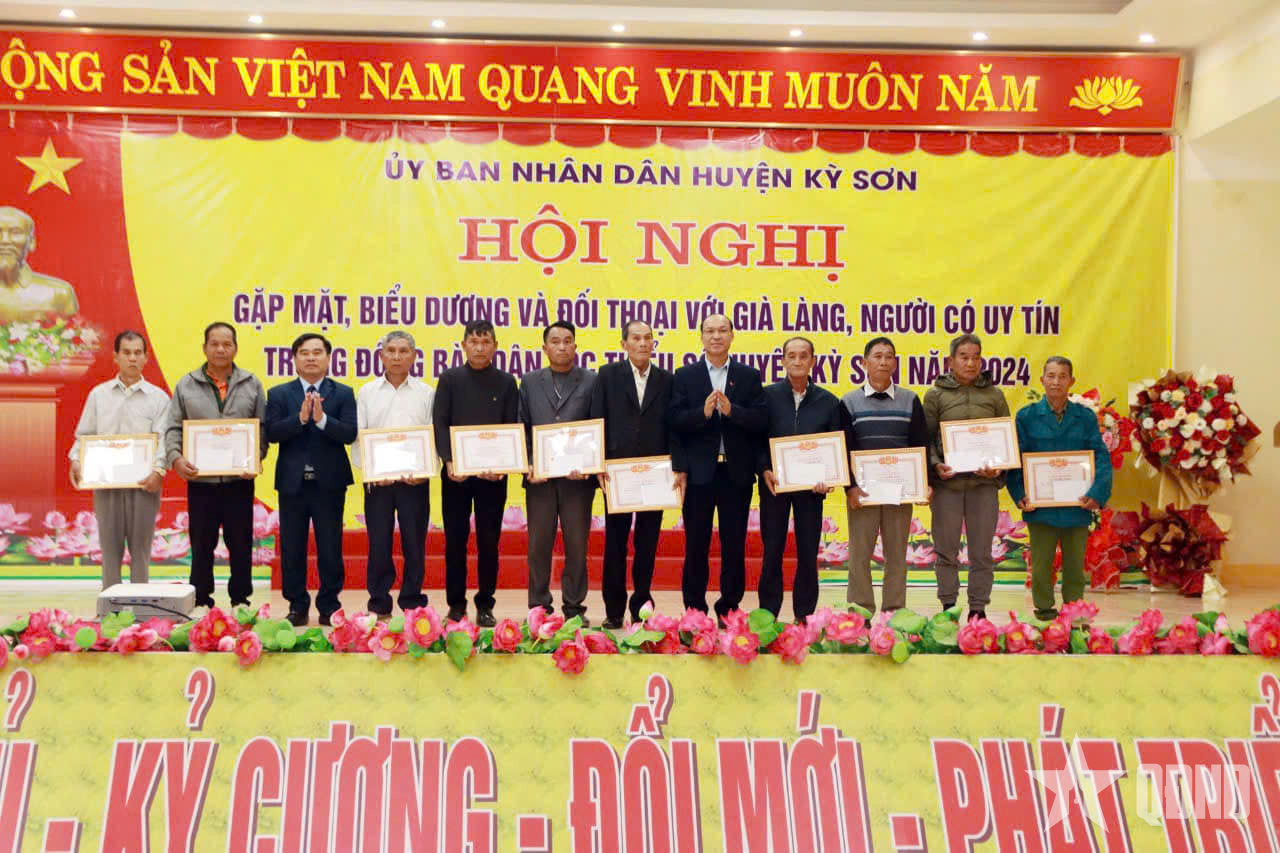










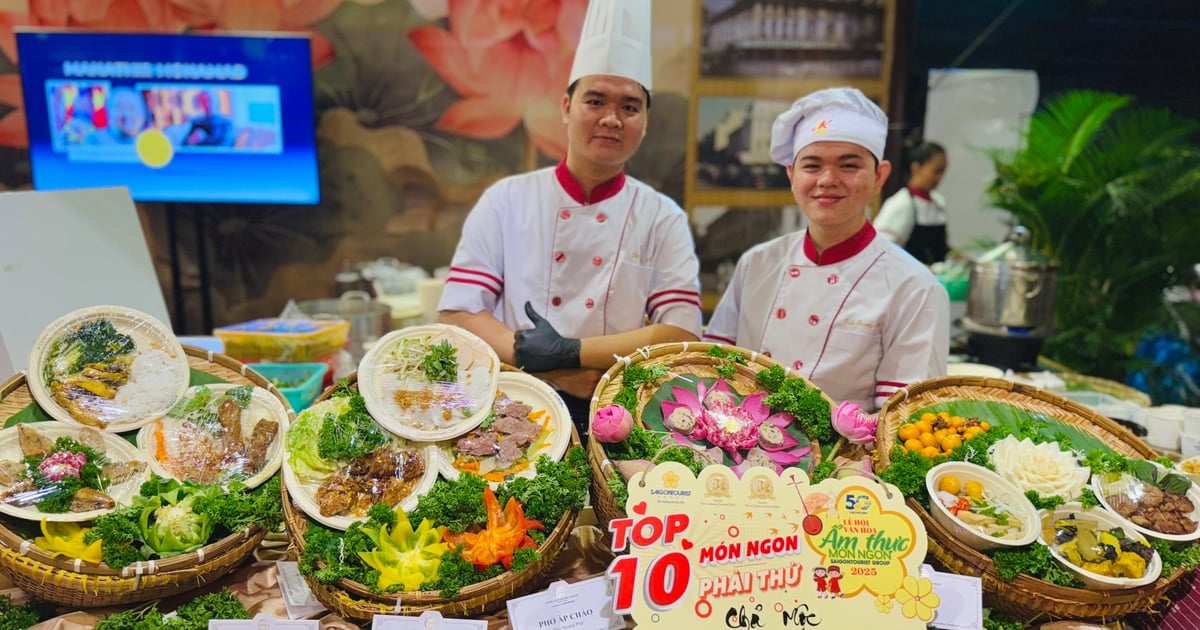
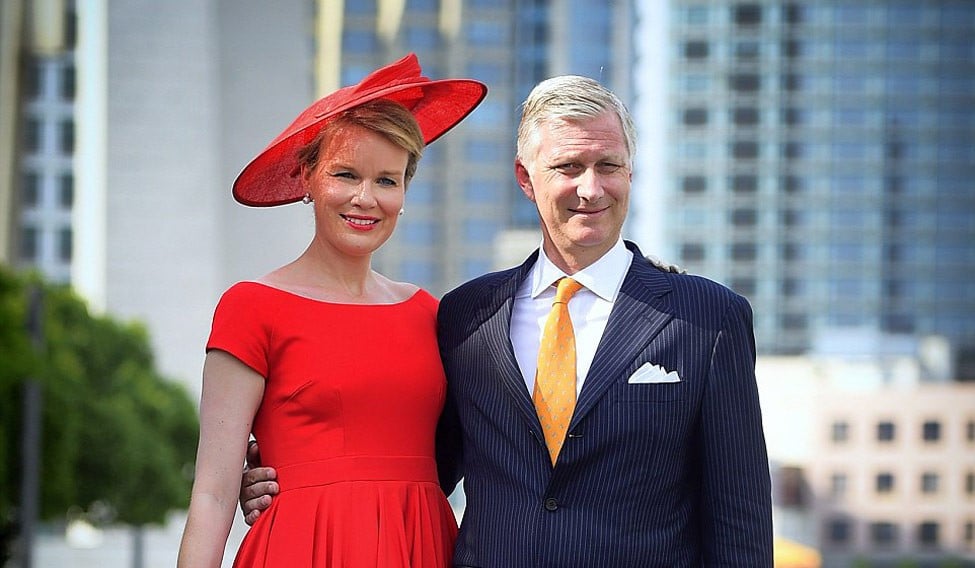



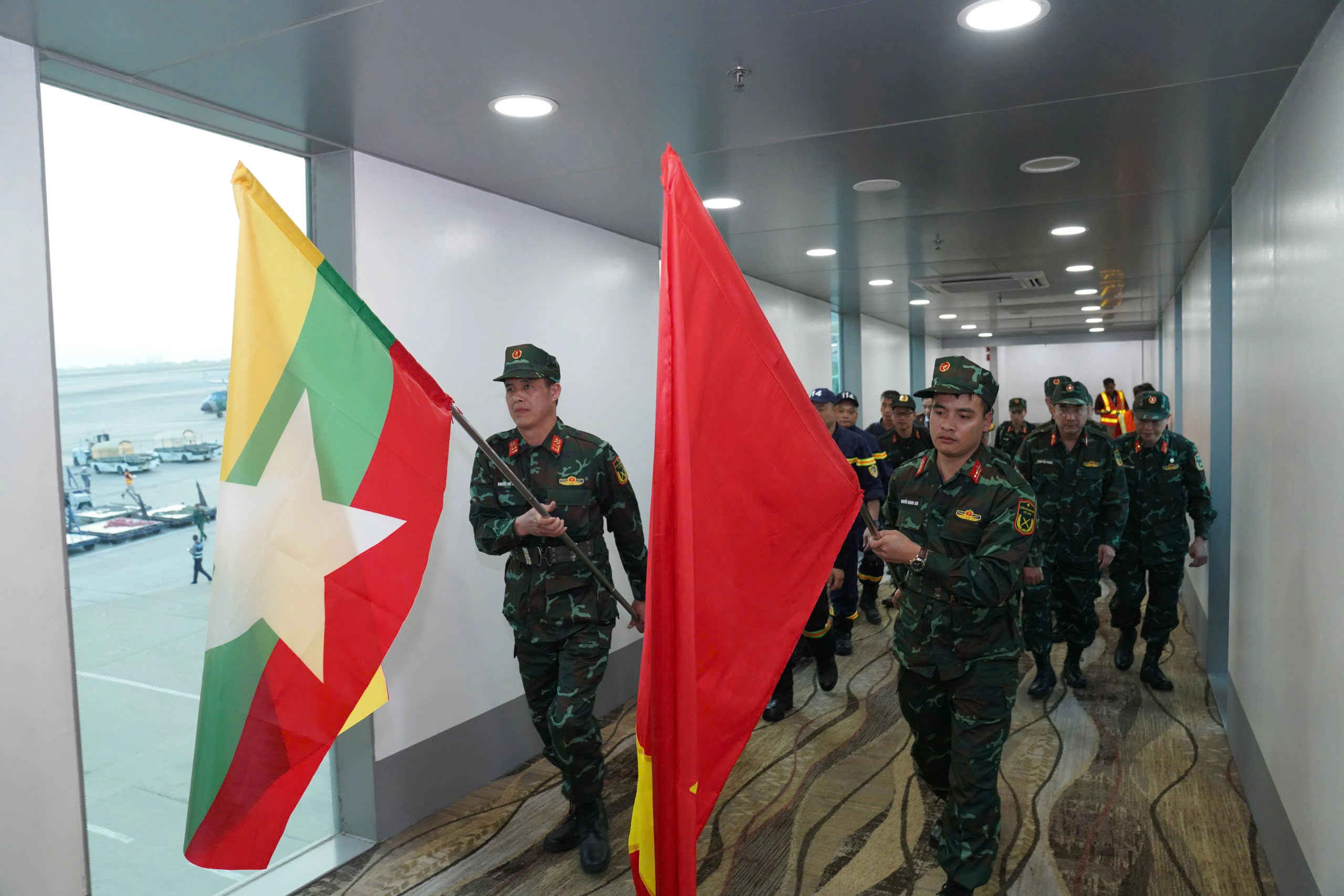
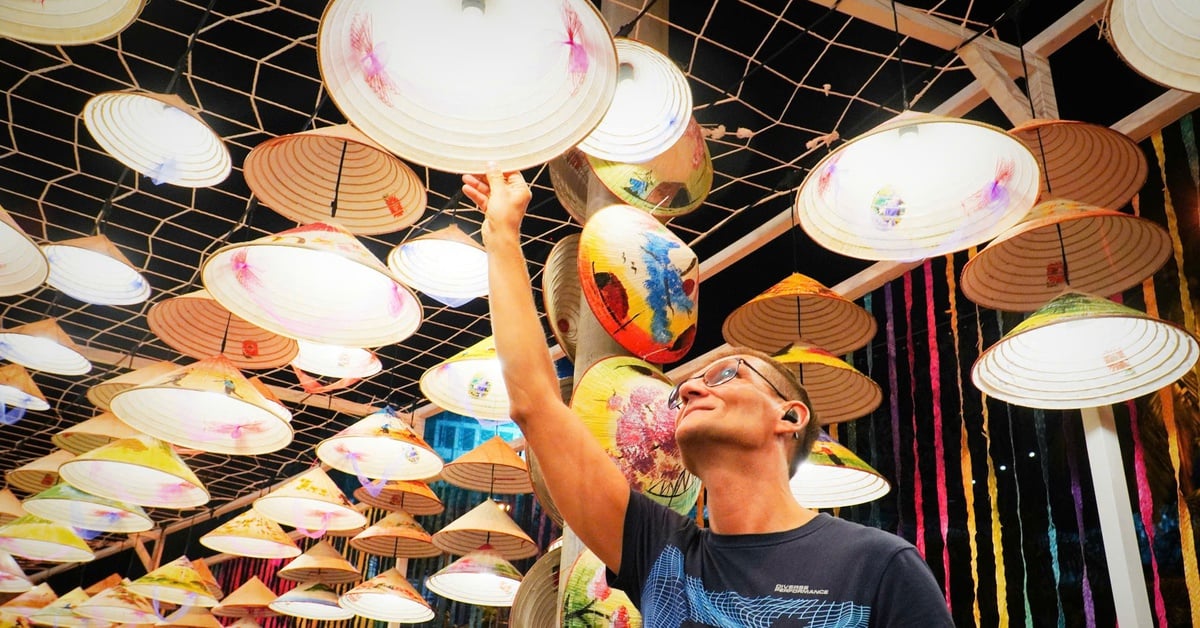

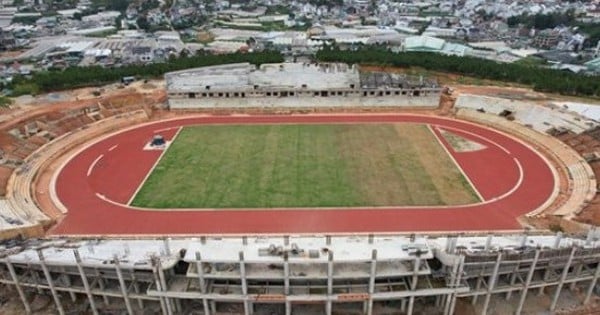

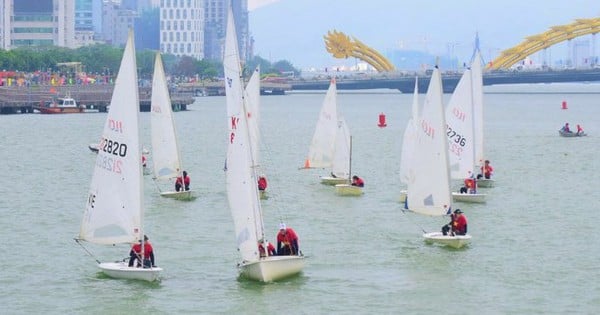
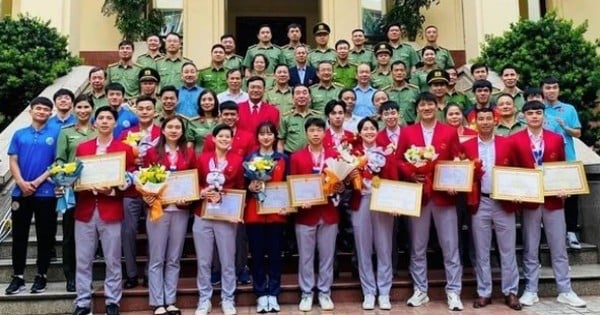
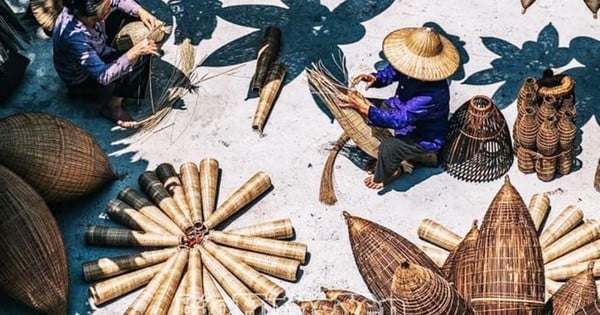
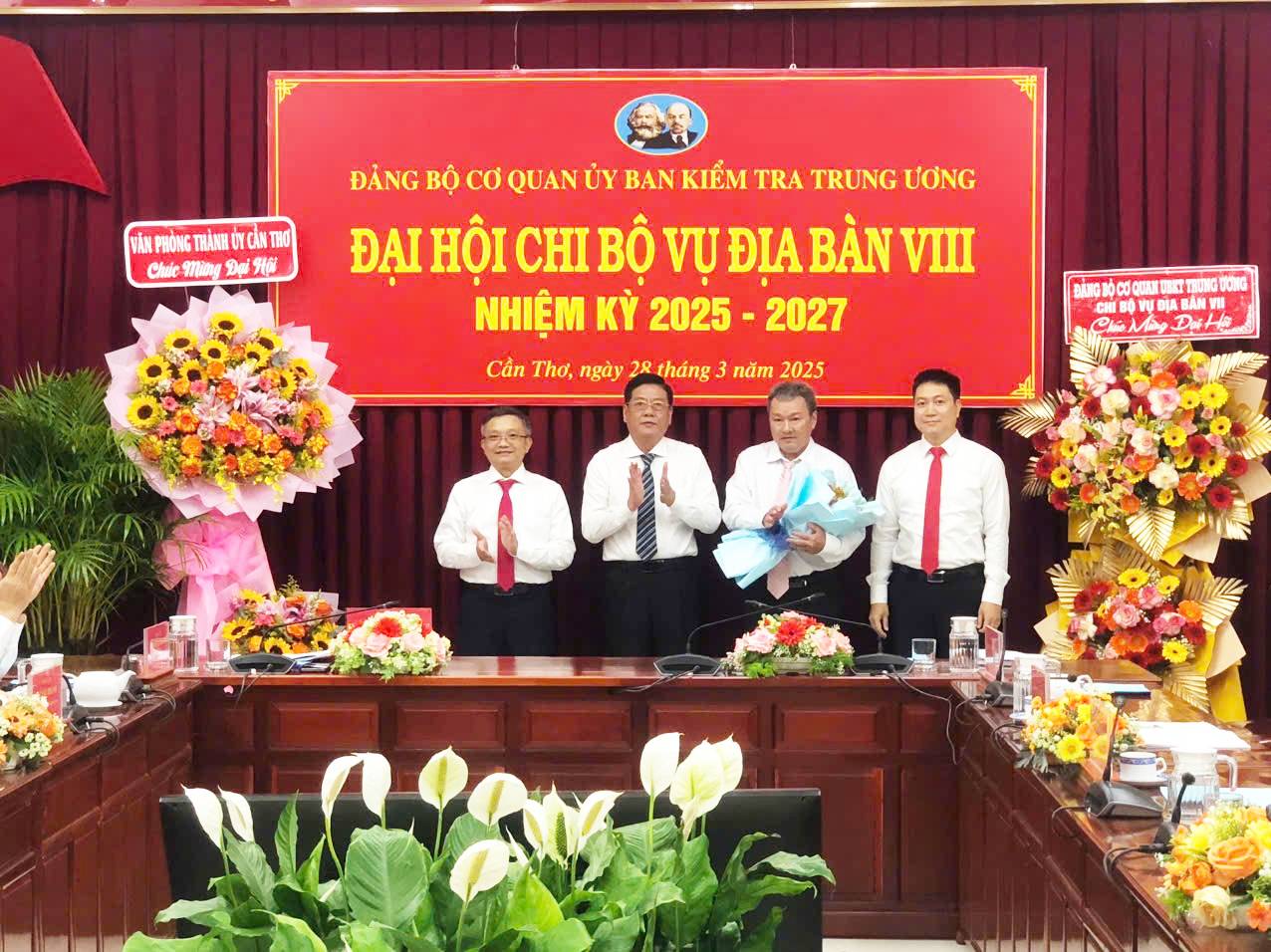

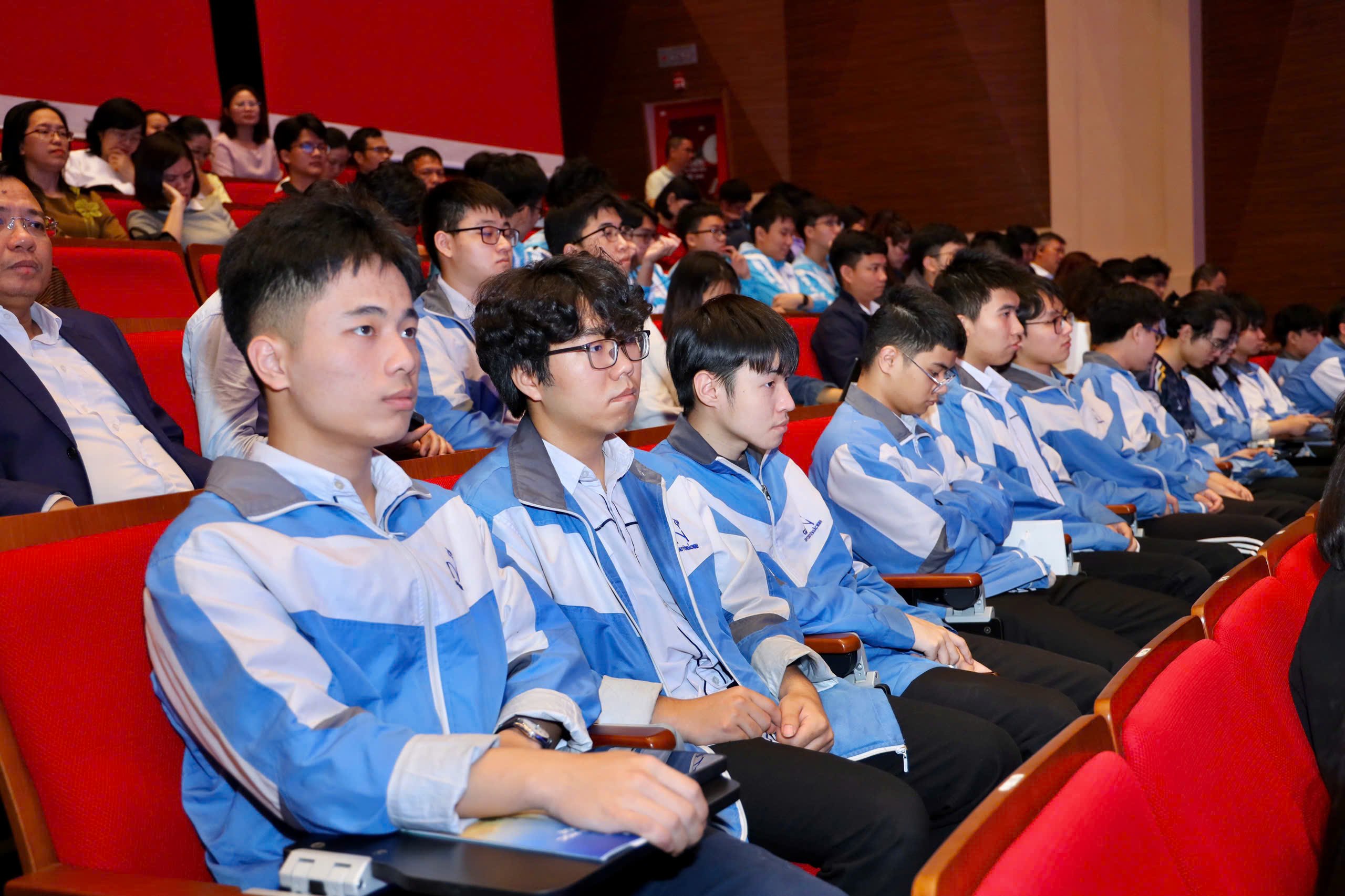

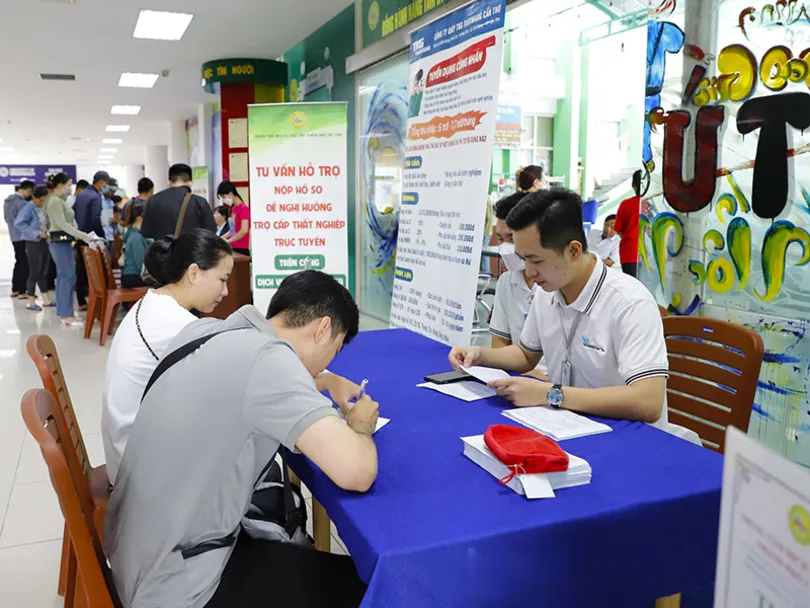



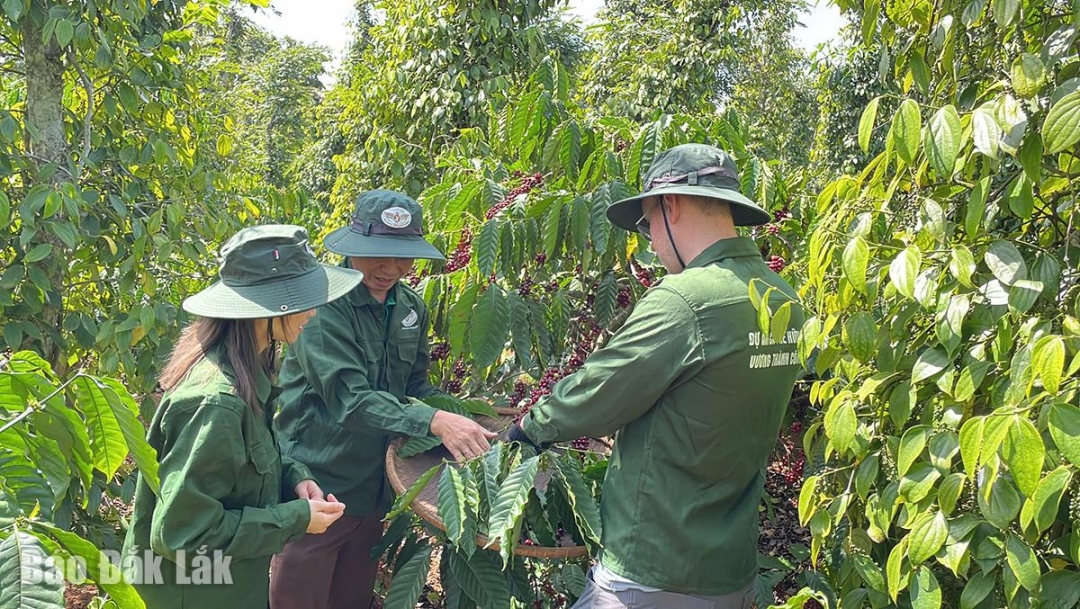

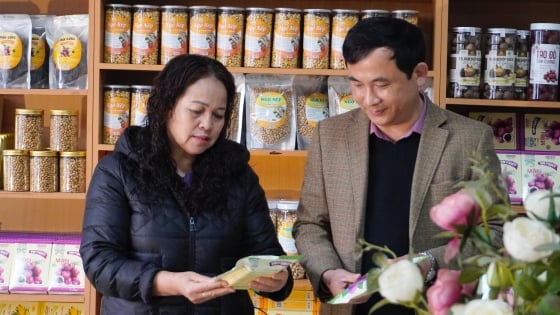

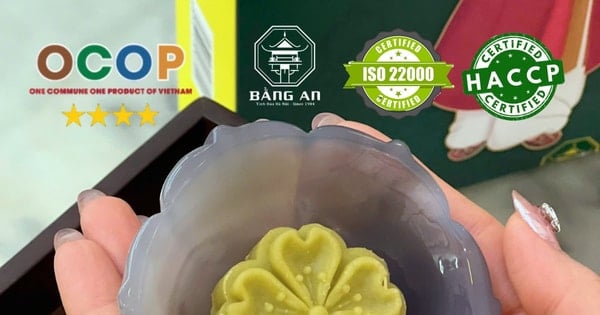

![[REVIEW OCOP] An Lanh Huong Vet Yen Cat](https://vstatic.vietnam.vn/vietnam/resource/IMAGE/2025/3/27/c25032328e9a47be9991d5be7c0cad8c)

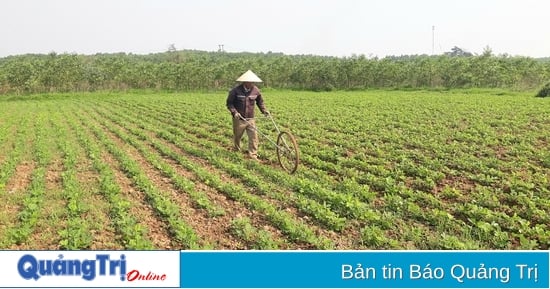

Comment (0)